Buffalo MiniStation Thunderbolt Review - An External with USB 3.0 and Thunderbolt
by Brian Klug on August 1, 2012 4:04 PM EST- Posted in
- Storage
- SSDs
- USB 3.0
- Thunderbolt
- Buffalo
Part of what makes the Buffalo MiniStation Thunderbolt unique is the inclusion of USB 3.0 alongside, well, Thunderbolt. Going with a Thunderbolt only drive is admittedly a difficult prospect to swallow - what happens if your only Thunderbolt-packing computer dies, for example, and you need files on the drive? Having legacy interfaces is just something everyone has grown accustomed to, and what that usually ends up meaning is that USB needs to be onboard.
Buffalo told me that they worked with Intel and Apple to develop a switching system for deciding which controller to switch SATA from the drive to, and that this system is unique to the MiniStation Thunderbolt for now. To find out more, I had to open up the drive. To be honest, well, I was always going to open the enclosure…
I wager a lot of other potential customers are interested in putting an SSD inside the MiniStation Thunderbolt and taking advantage of the interface’s basically native transfer speeds. Unfortunately, getting the MiniStation apart is somewhat challenging. Disassembly starts by prying the top plastic cover off, which is connected via plastic clips to the drive tray, which is in turn adhered to the aluminum base with some sticky double sided foam tape.
I ended up having to apply a lot of force to separate things, and for me the adhesive was what gave first while prying on the top part of the drive. Armed with this knowledge, people trying to take apart the drive assembly should probably heat the underside with a heat gun before prying the top off with a plastic opening tool. After this comes up, there are plastic clips and a few screws in your way securing the drive to a plastic cage. It’s clear the black part sits in the aluminum tray, and the top white plastic part snaps over this.
With this apart, you can separate the PCB which runs under the 2.5" HDD inside the drive. In the case of my 500 GB model, the drive is a SATA 3.0, 5400 RPM, 8 MB cache, Samsung ST500LM012. I’m not sure what the 1 TB model uses since I wasn’t sampled one, but likely the same family.
The board runs almost the full length of the HDD underside, and there’s a fair number of packages onboard. On the topside we can find the Intel DSL2210 (codename: Port Ridge) endpoint Thunderbolt controller, which is a single Thunderbolt channel, 2 PCIe device with 0.7W TDP. Port Ridge is popping up in a lot of places, for good reason - it’s inexpensive, second generation, small, and has a low TDP. What it sacrifices is pass through functionality or additional Thunderbolt channels.
At center, below the DSL2210 is an ASmedia AS1061 PCIe-1x to SATA 3.0 controller. This is clearly the controller used when the MiniStation is connected over Thunderbolt. Again, Thunderbolt basically tunnels either PCIe or DisplayPort, you need a fully fledged PCIe controller on the other side for whatever you’re connecting to.
At top left under the USB 3.0 controller is a MediaLogic MDLU03 USB 3.0 to SATA 3.0 controller, which obviously gets used when the drive is connected over USB. On this side of the board there are a few other things, like a step-down converter for Thunderbolt power, a tiny 512 Kbit flash, and three white LEDs (with pads for two more) at the bottom.
So you’re probably wondering, well, how does the device switch between the MediaLogic USB 3.0 controller and the ASmedia controller? The answer is on the other side of the PCB.
Here on the back side of the PCB there’s both an ASmedia ASM1456 SATA 3.0, 2 to 1 multiplexer/switch, and an NXP LPC1114F (PDF) microcontroller with an up to 50 MHz ARM Cortex M0 at its core. This controller undoubtably contains the management and logic which tells the switch which SATA controller to choose between. There’s also something a little bit ironic about Intel having to recommend use of an ARM Cortex M0 controller for its platform for Apple and Buffalo - it seems like making a next generation Thunderbolt controller with a tiny controller or AP of its own onboard would make a lot of sense.
There’s a ton of integration here to do what seems like a simple task, but the end result is a drive which will connect and switch between USB 3.0 and Thunderbolt and handle the edge case where someone decides to connect both at the same time. The only real next level is for future Thunerbolt controllers to offer some onboard AP purely for devices like this with multiple I/O. Maybe we’ll get a third generation Thunderbolt SKU with SATA built in, that would seem logical.
After I ran performance numbers and testing on the MiniStation with HDD inside, I disassembled the MiniStation and tossed in an OCZ Vertex 3 MAX IOPS, which works perfectly. Getting the MiniStation back together is a bit of a challenge, but not impossible - I just don’t want to do it again, and with those plastic clips and adhesive would only recommend disassembly and reassembly once. That’s the tradeoff which gets made for having a drive with no external screws.


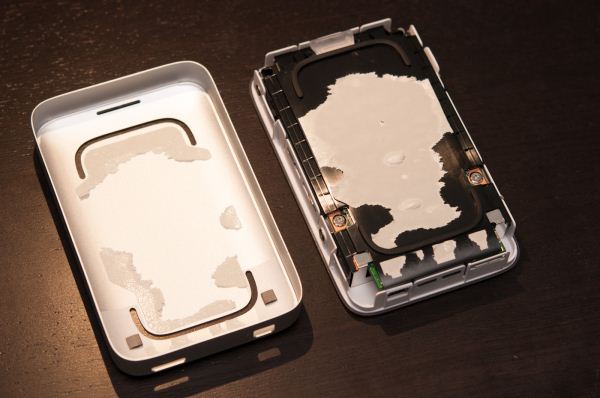

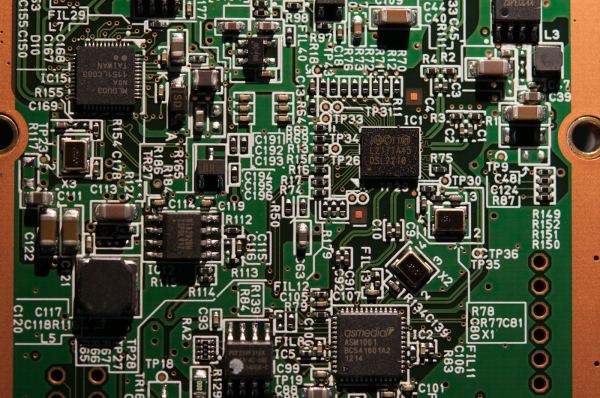
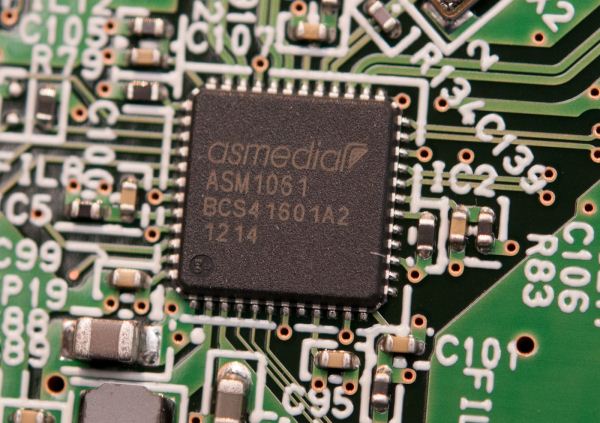
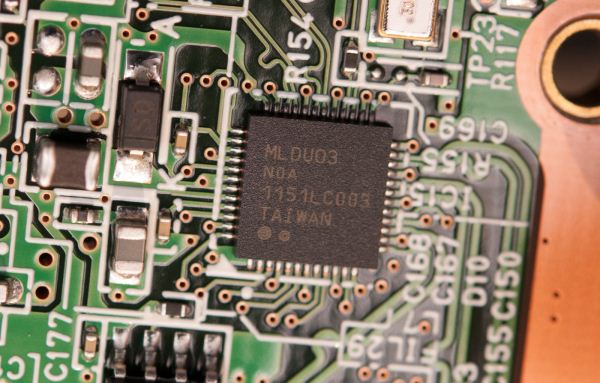
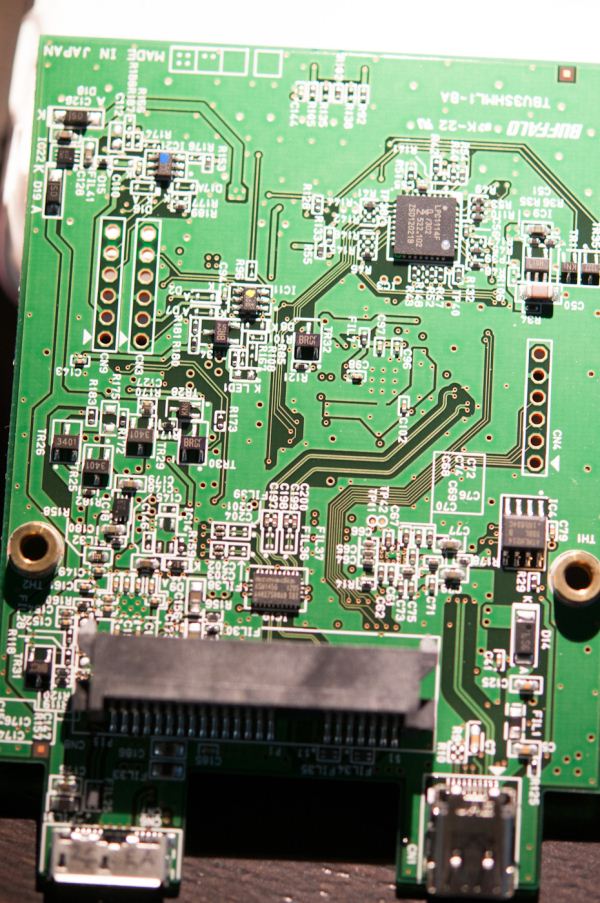















61 Comments
View All Comments
Guspaz - Wednesday, August 1, 2012 - link
This is still a $100-130 premium over comparable USB 3 drives of the same capacity, which is just nuts. It's the same kind of markup Seagate charges (the thunderbolt goflex adapter goes for about $130).This is silly: Apple has a thunderbolt ethernet adapter out for $29, which means the cost of the controller is below $29, and you can buy a card with a PCIe SATA controller for $15. Both of those would already have markup on them for the profit margin, so the premium for a thunderbolt external HDD should be LOWER than $44... Instead the premium is almost three times higher.
PRPechek - Wednesday, August 1, 2012 - link
I would have to disagree with you. The Thunderbolt Ethernet Adapter does not have a Thunderbolt controller. At this link:http://www.hardmac.com/news/2012/06/21/inside-appl...
You can see a tear down of the TBEA and Apple is not using Intel’s Thunderbolt-to-PCIe chipset. Instead, the Broadcom chip is directly connected to the Thunderbolt cable and it is just working as a cable transport layer. By design, the Thunderbolt "controller" is actually mapping one or more PCI-Express lanes directly over the cable, so that the MAC+PHY solution itself only needs speak PCI-Express and only requires the Thunderbolt PHY.
Note: that I cut and pasted almost all of the above from Stephen Foskett great breakdown of the TBEA chipset. http://blog.fosketts.net/2012/07/03/apple-thunderb...
But as you can see on the second page of this review Buffalo has a quite a few chipsets imbeded into the PCB to make a workable dual port solution and that raises that raises the BOM costs. Seagate's solution has a similar situation with their solution.
(Full disclosure: I work for Buffalo Technology)
Olaf van der Spek - Wednesday, August 1, 2012 - link
So why can't you do a TB - SATA bridge without TB controller as well?What's the advantage of TB over USB3 if you merely want to connect a single HDD?
ggathagan - Wednesday, August 1, 2012 - link
Your first question is not clear.TB requires a TB controller on both ends of the cable, so the TB controller is going to be there no matter what.
Intel is the only company that makes TB controllers, so how would you create a TB-SATA bridge without the controller?
There's no advantage to TB over USB3, unless you have a MacBook Air, MacBook Pro, Mac mini, or iMac that has no USB 3 support.
name99 - Wednesday, August 1, 2012 - link
"There's no advantage to TB over USB3"It appears that there is a substantial speed advantage --- almost 2x.
Look at the numbers: 200MB/s or so for sequential USB3, 370 MB/s or so for sequential TB.
This may or may not be worth $130 to you, but let's not pretend that the two are identical.
Lonyo - Thursday, August 2, 2012 - link
You must be missing the part where that only applies to an SSD put in after the fact.With the stock drive which comes as part of the unit, the speeds are equal at around 115~120MB/s.
There is no performance difference between this drive when used with Thunderbolt, and when used with USB3.
And if you're getting an SSD to put in an enclosure, the difference becomes the difference between an empty USB3 enclosure, and one of these, which means it's more like $170+, since you can get an empty USB3 eternal enclosure for around $30, while you can't get just a Thunderbolt enclosure, so you have to pay $200 for the 500GB drive.
As shipped, with a mechanical harddrive in it, this drive is identical in performance to a USB3 external enclosure with no Thunderbolt. And $110+ more expensive.
lin2log - Thursday, August 2, 2012 - link
And you must be missing (actually ignoring) the very simple original question: "What's the advantage of TB over USB3", which I don't see somehow applies to any one disk or peripheral, but rather is about the port ITSELF, so your insertion is completely irrelevant.But I like how the question is quickly limited to "if you merely want to connect a single HDD", which makes it a nonsensically loaded question.
Simple: if you don't see the advantages for you... DON'T USE IT. Duuuuh...
ssj3gohan - Thursday, August 2, 2012 - link
You seem to imply that his comments are not valid, but that is not true at all. He has extremely valid points. What use is a proprietary interface with monstrously expensive interconnects, controllers, almost no second suppliers and no performance, power consumption, ANY advantage whatsoever? You're just paying a hell of a lot more for nothing. It's a big design flaw on Apple's side that there is apparently no USB 3 on some of their products, because that interface is obviously far superior except for some niche applications. They can promote the niche applications, sure, just make sure you can also plug in more conventional stuff. That's what expandability is all about.mavere - Thursday, August 2, 2012 - link
"What use is a proprietary interface with ... almost no second suppliers and no performance, power consumption, ANY advantage whatsoever?"Patently false. As you have the benefit currently reading a TB review, you may scroll up and look at the SSD numbers.
Cheers.
AnnonymousCoward - Thursday, August 2, 2012 - link
ssj3gohan is 1000% correct.